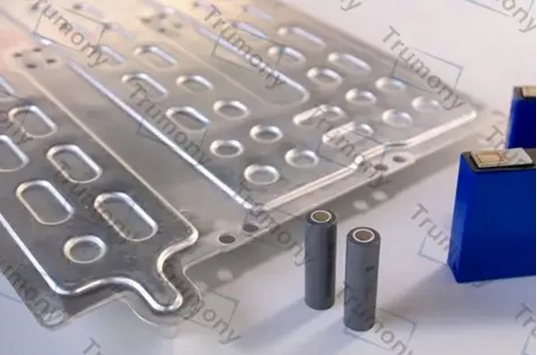Liquid cooling plates are revolutionizing heat dissipation in high-performance systems, offering a cutting-edge alternative to traditional air cooling. Widely used in data centers, electric vehicles, and industrial applications, they overcome the limitations of air-based systems with superior efficiency and sustainability.
What Are Liquid Cooling Plates?
Liquid cooling plates are advanced heat exchangers designed to transfer heat away from critical components using liquid coolants. These plates feature intricate channels or microstructures that ensure efficient thermal conductivity and uniform temperature distribution.
Key Advantages
1. Superior Cooling Efficiency: Liquid cooling plates can handle significantly higher heat loads compared to air cooling systems.
2. Compact Design: Their slim design allows seamless integration into space-constrained electronic assemblies.
3. Eco-Friendly Operation: By using sustainable coolants and consuming less energy, they support green initiatives.
Applications
· Data Centers: Essential for managing the heat density of server racks driven by AI and cloud computing technologies.
· Electric Vehicles: Enhance battery performance and longevity, ensuring reliability under extreme conditions.
· Medical Devices: Critical for maintaining precision in temperature-sensitive equipment such as MRI machines.
Future Outlook
As demand for higher computing power and energy efficiency rises, liquid cooling plates are set to play a crucial role in advancing technology while supporting sustainability. Their ability to meet the growing thermal challenges of modern systems makes them indispensable for a greener, smarter future.
This streamlined design and application-focused perspective showcase the transformative potential of liquid cooling plates in today’s world.

